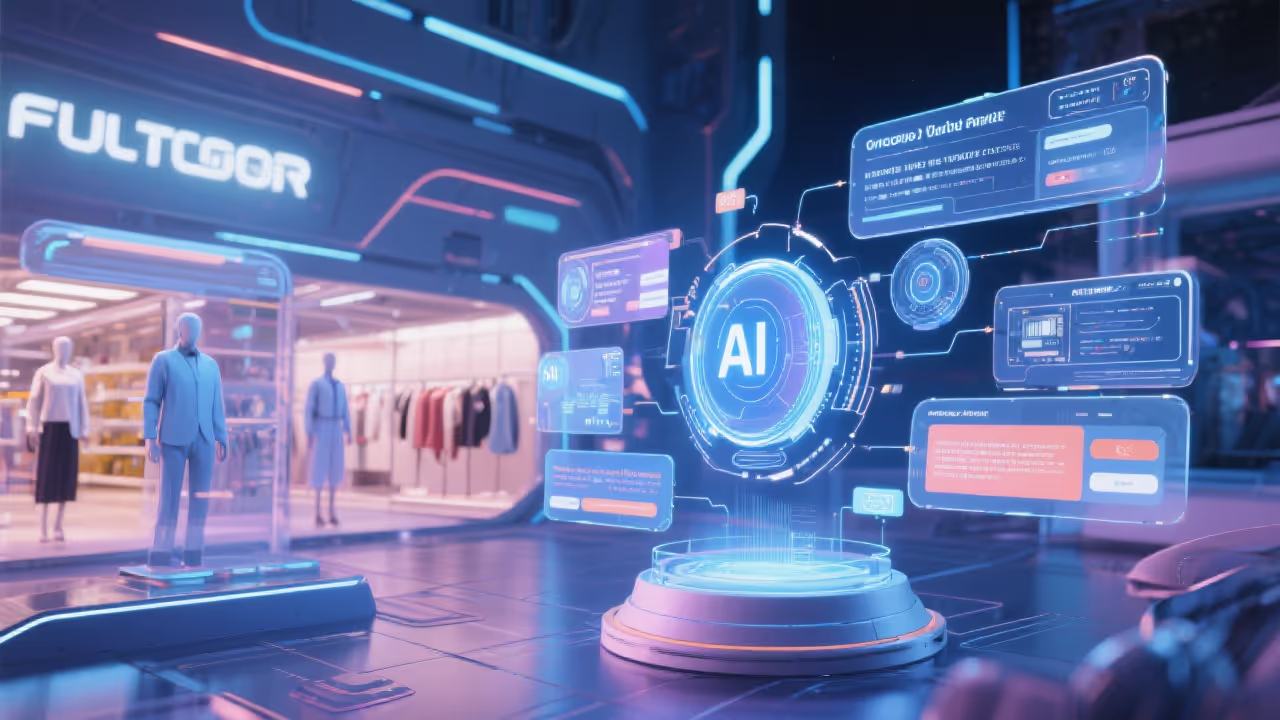The ecommerce landscape is evolving rapidly, with consumers demanding faster, more personalized shopping experiences across all devices. Traditional monolithic ecommerce platforms often struggle to meet these expectations, leading forward-thinking merchants to explore headless commerce solutions. Shopify Hydrogen, the React-based framework for building custom storefronts on Shopify, represents a game-changing approach that combines the flexibility of headless architecture with the reliability of Shopify’s commerce engine.
Understanding Headless Commerce and Hydrogen
What is Headless Commerce?
Headless commerce decouples the frontend presentation layer from the backend commerce functionality. This separation allows developers to:
- Build custom user experiences without platform constraints
- Deploy updates to the frontend without affecting backend operations
- Use modern frameworks and tools for optimal performance
- Create unique experiences for different channels and devices
Enter Shopify Hydrogen
Hydrogen is Shopify’s official React framework that provides:
- Pre-built components optimized for commerce
- Server-side rendering for SEO and performance
- Built-in caching and data fetching strategies
- Seamless integration with Shopify’s Storefront API
Quantifying the ROI: Real Business Impact
Performance Metrics That Matter
Hydrogen-powered storefronts consistently deliver:
- 50-70% faster page load times: Through optimized rendering and caching
- 15-30% higher conversion rates: Due to improved user experience
- 40% reduction in bounce rates: Thanks to instant page transitions
- 25% increase in average session duration: From engaging, app-like experiences
Development and Operational Benefits
Development Velocity:
- 3x faster feature deployment: Frontend teams work independently
- Reduced technical debt: Modern stack prevents legacy code accumulation
- Better developer experience: Use familiar React patterns and tools
- Easier A/B testing: Deploy multiple frontend variations simultaneously
Operational Efficiency:
- Lower infrastructure costs: Efficient caching reduces server load
- Simplified maintenance: Separate frontend updates from backend changes
- Enhanced security: API-first approach limits attack surfaces
- Global scalability: Deploy frontends to edge locations worldwide
Customer Experience Advantages
Personalization at Scale:
- Dynamic content based on user behavior
- Real-time inventory and pricing updates
- Localized experiences for global markets
- AI-powered product recommendations
Omnichannel Consistency:
- Unified experience across web, mobile, and apps
- Seamless transition between devices
- Consistent branding and functionality
- Progressive Web App capabilities
Implementation Strategy: Building for Success
Phase 1: Planning and Architecture (Weeks 1-4)
- Audit current frontend limitations: Identify performance bottlenecks and UX constraints
- Define success metrics: Set clear KPIs for performance and business outcomes
- Architecture design: Plan API structure and component hierarchy
- Technology stack selection: Choose hosting, CDN, and monitoring solutions
Phase 2: Development Foundation (Weeks 5-12)
- Set up Hydrogen framework: Initialize project with best practices
- Build component library: Create reusable UI components
- Implement core features: Product display, cart, and checkout flows
- Integrate third-party services: Analytics, search, and personalization
Phase 3: Performance Optimization (Weeks 13-16)
- Implement advanced caching: Configure Hydrogen’s caching strategies
- Optimize images and assets: Use responsive images and lazy loading
- Fine-tune Core Web Vitals: Achieve excellent LCP, FID, and CLS scores
- Load test at scale: Ensure performance under peak traffic
Phase 4: Launch and Iteration (Weeks 17+)
- Staged rollout: Launch to a subset of traffic first
- Monitor performance: Track technical and business metrics
- Gather user feedback: Use heatmaps and session recordings
- Continuous improvement: Iterate based on data and feedback
Cost-Benefit Analysis
Initial Investment
- Development costs: $150K-$500K depending on complexity
- Infrastructure setup: $5K-$15K for hosting and tools
- Training and documentation: $10K-$25K for team enablement
- Third-party integrations: $20K-$50K for essential services
Expected Returns (Year 1)
- Revenue increase: 15-40% from improved conversion rates
- Customer acquisition cost reduction: 20-30% through better performance
- Operational savings: $50K-$150K from reduced platform limitations
- Development efficiency: 50% faster feature deployment
Break-even Timeline
Most Hydrogen implementations achieve positive ROI within 6-12 months through:
- Increased conversion rates
- Higher average order values
- Reduced operational costs
- Improved customer lifetime value
Success Stories: Real-World Results
Fashion Retailer Case Study:
- 65% improvement in site speed
- 28% increase in conversion rate
- 42% growth in mobile revenue
- ROI achieved in 8 months
Electronics Brand Results:
- 3x faster product page loads
- 35% reduction in cart abandonment
- 50% increase in pages per session
- 200% ROI within first year
Conclusion
The ROI of headless commerce with Shopify Hydrogen extends far beyond simple performance metrics. By combining the flexibility of headless architecture with Shopify’s robust commerce platform, merchants can create differentiated shopping experiences that drive measurable business results. While the initial investment requires careful planning and execution, the long-term benefits—from increased conversion rates to improved operational efficiency—make Hydrogen a compelling choice for ambitious ecommerce brands looking to stay ahead of the competition. The question isn’t whether to go headless, but how quickly you can capitalize on this transformative approach to digital commerce.
